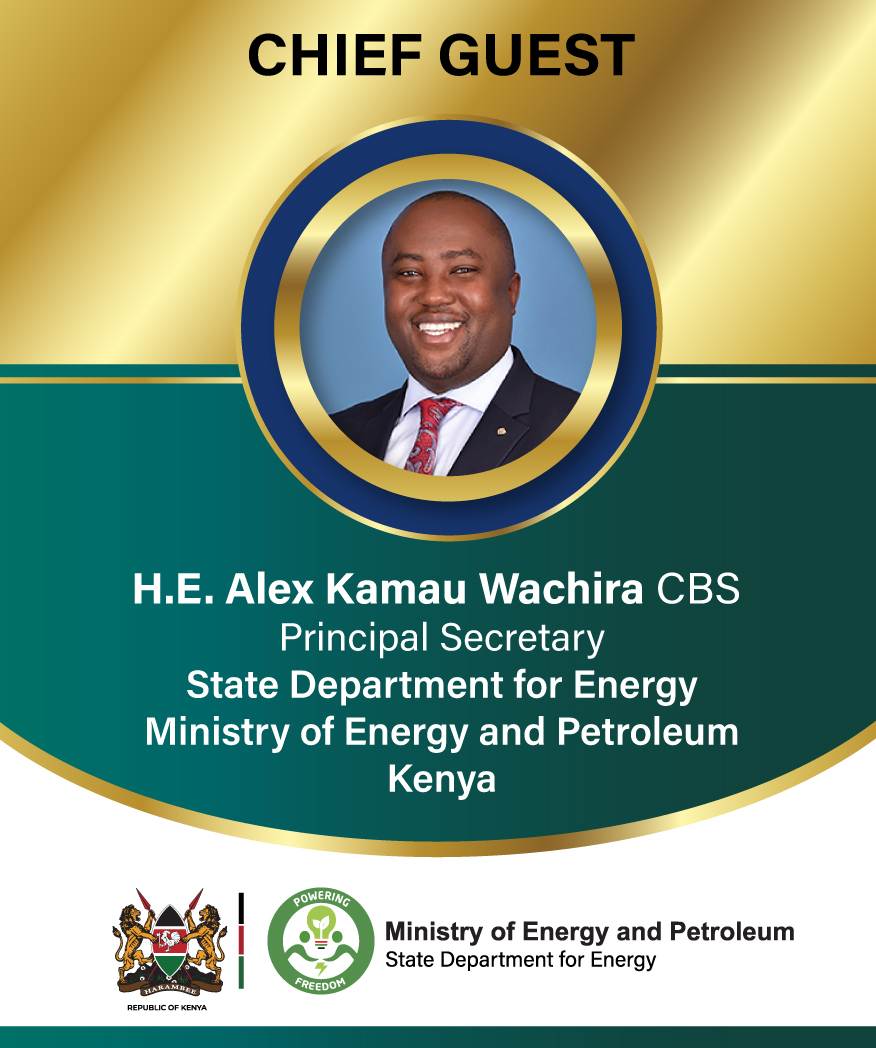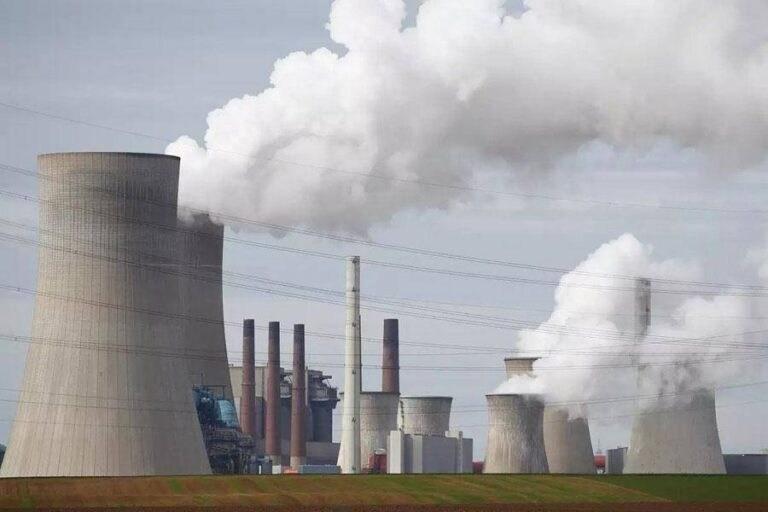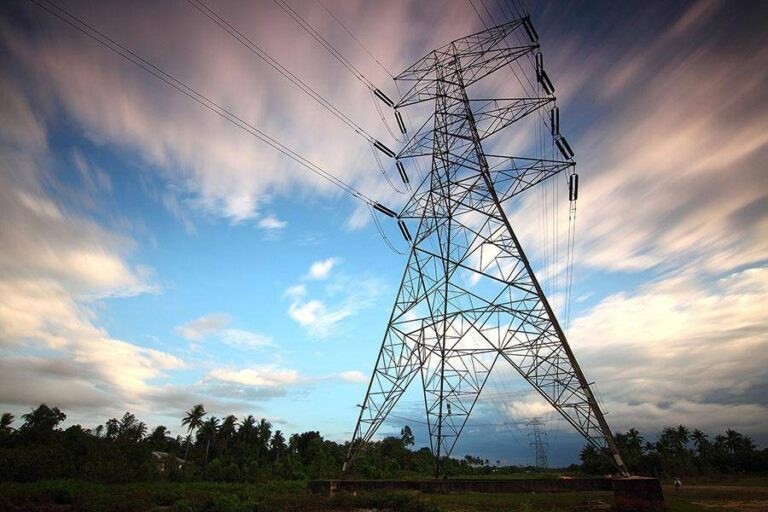Welcome to Powerelec Kenya 2026, the continent’s premier business event for the solar, renewable energy, energy storage, power, EV and electrical industries. As the leading Solar Exhibition in Nairobi, this global platform brings together technology innovators, manufacturers, policymakers, EPC contractors, installers, developers, and investors from more than 40 countries.
Recognized as one of the top Solar & Renewable Energy Expos in Kenya, Powerelec Kenya serves as the region’s most influential marketplace—where Africa’s clean energy future is shaped.
Building on the success of previous editions, the 2025 event featured exhibitors from Kenya, India, UAE, China, UK, Spain, Korea, Saudi Arabia, Egypt, USA, Israel, Qatar, Canada, Germany, Sweden, the Netherlands, Austria, and many more.
Major industry leaders, including SUNGROW as the principal sponsor, showcased cutting-edge solar and electrical technologies.
With 400+ investors, high-level trade delegations, and 50+ world-renowned speakers, Powerelec Kenya continues to deliver unmatched opportunities for networking, product discovery, and business growth across the African energy market.


Powerelec Kenya 2026 is proudly supported by leading global brands, industry associations, government bodies, and technology innovators who play a vital role in shaping Africa’s clean energy transformation. Their contribution strengthens the event’s credibility, industry impact, and international reach. Below are the distinguished categories of sponsors and partners for this year’s edition:


Having received a favorable reception in 2023, Powerelec Kenya, a standout among energy exhibitions in Kenya, is back for an even bigger and better edition.
As one of the most anticipated energy trade shows in Nairobi, it offers a comprehensive solar energy show Kenya and clean energy innovations expo Kenya.
The energy exhibition in Nairobi will provide the delegates with an opportunity to interact with international organizations, suppliers, investors, technology experts, and EPC companies.
This solar energy trade show is going to be a perfect place for both global and local market entrants to build partnerships and get new business deals.
Powerelec Kenya is a powerful platform for all stakeholders in the power sector and provides a high-value opportunity for companies to meet, share, and promote their offerings (power generation solutions and products, power electronics, electrical services, and technologies) and understand the evolving market.
It will be a great advantage for not only Kenya but for the entire East Africa market. Country pavilions from India, Korea, Turkey, and Egypt are among those featured in this leading renewable energy expo Kenya.

Kenya’s total geothermal power capacity is 988.7 MW, putting the country in sixth position globally (and first in Africa) in terms of geothermal power development. As a result, Kenya sources up to 91% of its energy from renewables: 47% geothermal, 30% hydro, 12% wind, and 2% solar. The country hopes to transition fully to renewables by 2030, with KenGen saying the country has the potential to increase its capacity to as much as 10,000 MW of geothermal energy. That would more than match peak demand in Kenya, currently about 2,000 MW. Peak time consumption in the UK is about 61,000 MW. Solar: As of June 2023, Kenya's solar installed capacity stood at 367.5 megawatts, comprising 212.6 megawatts of grid-interconnected capacity and 154.9 megawatts of captive capacity. The estimated solar potential in Kenya is almost 15000 MW.
Kenya has immense potential in solar power, making it ideal for solar energy exhibitions in Kenya and solar technology showcases. The government plans to increase the solar energy generation capacity to 600 MW by 2030. The estimated solar potential in Kenya is almost 15,000 MW.
Transmission: Kenya Power's (KP) system losses stood at 23% as of June 2023, of which half were technical losses from leakages within the transmission and distribution lines and the rest were commercial losses arising from power theft. Kenya Power is set to double the voltage of some of its power lines in Nairobi to reduce technical losses. Of the total transmission lines, about 7,000 kilometers are high-voltage, which records the least technical losses. The 82,000km of medium voltage and 200,000km of low voltage distribution lines record the highest losses. For revamping the transmission lines, an investment of Sh10 billion is earmarked. The firm is also eyeing a Sh40.8 billion ($300 million) interest-free loan from the World Bank. The company aims to reduce the losses to 13.4% in the next three years.
This solar energy exhibition in Africa will bring together strategists, developers, and entrepreneurs in a powerful solar energy conference to display technologies that can revolutionize the region’s energy sector. It means it is active for networking and finding out about new trends and ideas that one could explore for business ventures. This way, attendees will have a sneak preview of future projections of solar power and its significance to Kenya and the rest of Africa. For everybody, this energy exhibition in Nairobi is a great opportunity to watch one of the most anticipated shows of the year. This premier energy show in Kenya offers a glimpse into Africa’s clean energy future.
